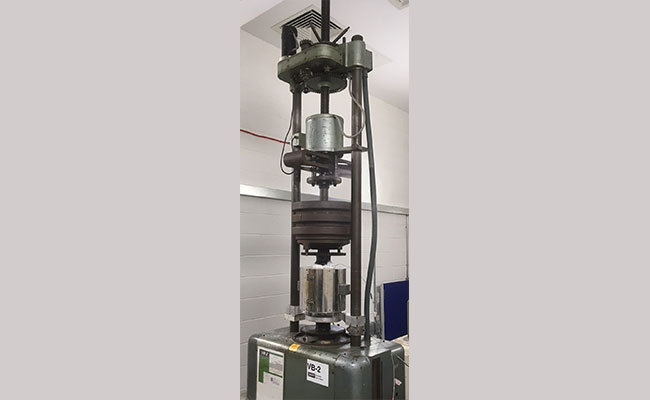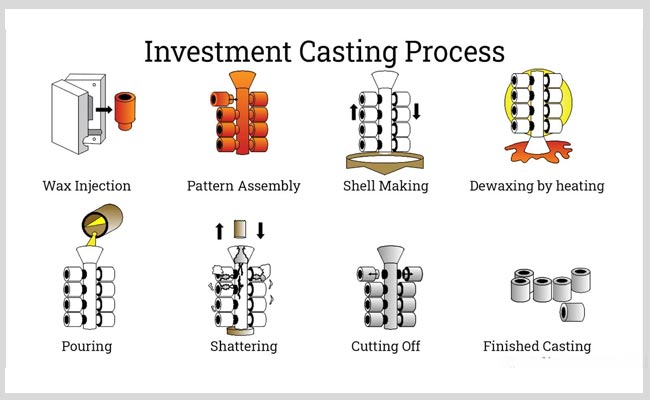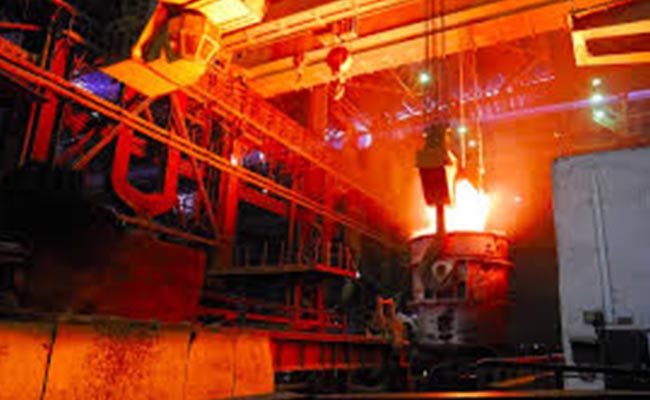
Happy Thanksgiving
2024-11-25
Understanding Metal Fatigue Resistance: Key Concepts, Mechanisms, and Applications part II
2024-12-09Understanding Metal Fatigue Resistance: Key Concepts, Mechanisms, and Applications part I

Metal fatigue resistance is a crucial property in materials science and engineering, especially in fields that demand high performance and reliability, such as aerospace, automotive, and construction. It refers to a metal’s ability to withstand cyclic stresses over time without experiencing fatigue failure, which is the process of crack initiation and propagation leading to structural failure. Understanding and enhancing metal fatigue resistance is essential to extending the life of components and ensuring safety in various engineering applications.
What is Metal Fatigue?
Metal fatigue is a phenomenon that occurs when a metal is subjected to repeated or fluctuating loads, causing small, incremental structural damage over time. This damage accumulates with each load cycle, leading to the formation of microscopic cracks. Under continued stress, these cracks propagate and eventually lead to a complete fracture of the metal. Fatigue failure is a progressive and localized damage that can be challenging to detect until it’s too late, making it a critical concern for engineers.
Typically, fatigue failure happens at stress levels well below the material’s tensile strength, meaning that even materials known for their strength can fail if subjected to repeated loading. Common examples include the fatigue experienced in aircraft wings, automotive suspension systems, bridges, and wind turbine blades.
Factors Affecting Metal Fatigue Resistance
Several factors influence a metal’s resistance to fatigue, including:
Material Composition and Microstructure: The chemical composition and crystalline structure of metals play a significant role in fatigue resistance. For example, fine-grained metals generally exhibit better fatigue resistance due to the higher boundary area that can inhibit crack growth. Alloying elements like nickel, chromium, and molybdenum can improve fatigue resistance in steels.
Surface Quality: Surface imperfections, such as scratches, pits, or corrosion, can act as stress concentrators, increasing the likelihood of crack initiation. Surface treatments like polishing, shot peening, or coatings can improve fatigue resistance by creating a compressive residual stress layer or reducing surface roughness.
Environmental Factors: Corrosive environments can significantly reduce fatigue resistance. Metals exposed to moisture, salt, or chemical contaminants can suffer from corrosion fatigue, which accelerates crack growth. Protective coatings or corrosion-resistant alloys are often used in harsh environments.
Load Characteristics: The amplitude, frequency, and nature of the loading cycles (e.g., constant, variable, or random) can influence fatigue life. Higher load amplitudes or frequencies generally lead to faster fatigue failure, while fluctuating loads introduce additional complexity that requires specialized testing.
Temperature: Elevated temperatures can weaken metals by reducing their yield strength, accelerating fatigue damage. Certain high-temperature alloys are designed for applications in turbine engines and industrial equipment where both fatigue and thermal resistance are essential.



